Autumn city breaks in Italy are the ideal time to enjoy a visit to beautiful places tinged with warm colours. You can take walks among the vineyards, go trekking in the mountains or simply relax in a thermal spa. The cooler temperatures make outdoor activities more enjoyable, the cities are less crowded and you can enjoy every moment and every experience with greater peace of mind.
Planning autumn city breaks in Italy provides a unique experience to immerse yourself in the beauty of the landscape, enjoy autumn cuisine and discover Italian culture in a relaxing atmosphere. Pack your bags and get ready for an unforgettable adventure in our fascinating country.

Discover the charming world of autumn city breaks in Italy
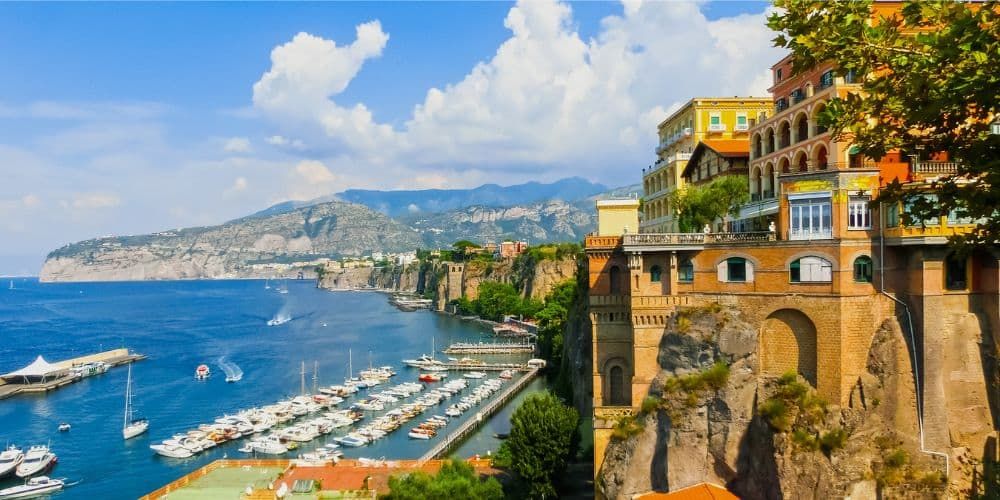
Autumn in Italy is a magical season, when the landscape is turned into a palette of warm colours, flavours become richer and local traditions are revealed in all their beauty. It is the perfect time to plan an unforgettable holiday in the Bel Paese. Autumn city breaks in Italy are an extraordinary opportunity to explore fascinating places, enjoy culinary delights and immerse yourself in Italian culture in a less crowded atmosphere than in summer.
Pack your bags and get ready for an unforgettable adventure with autumn city breaks in Italy. Here are 5 Italian cities to visit in autumn.
5. Mantua: autumn city breaks in Italy in the city of the Gonzagas
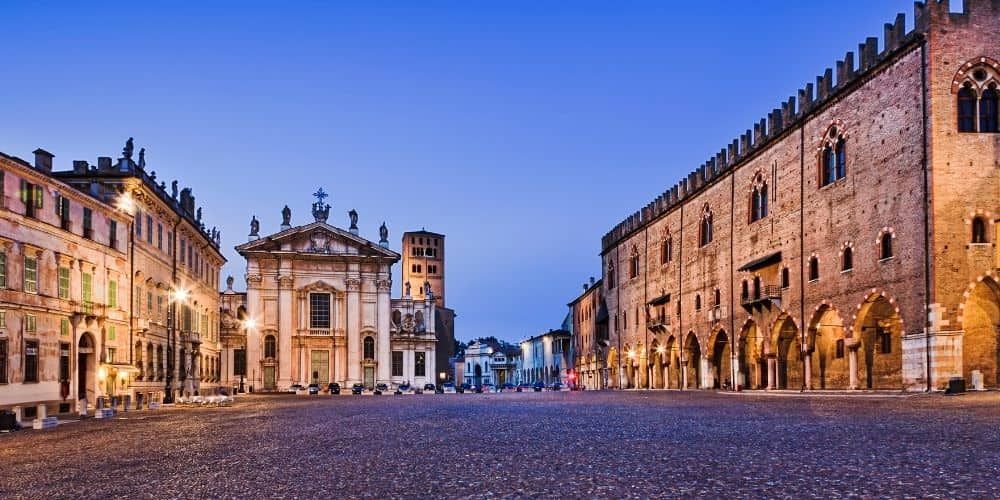
Located in the heart of the Po Valley, Mantua is a city built around three lakes fed by the River Mincio. These expanses of water give it a romantic soul and make it the ideal place to enjoy a bike ride or even just a walk. It is one of the ideal destinations for autumn city breaks in Italy, when the beauty of the place is heightened by the play of colours of this season: the typical colours of the falling leaves are in perfect harmony with the typical brick colours of the city. "The 'Italian Capital of Culture' in 2016, Mantua is a splendid Lombard art city that has been a UNESCO World Heritage Site since 2008 together with Sabbioneta. Both cities represent an almost intact example of Renaissance urban forms. In particular, Mantua preserves the Renaissance treasures of the Gonzaga, the Italian noble family that ruled the city for 400 years.
The city is rich in history and there are many places and monuments to visit. What you absolutely must not miss:
• The Ducal Palace, where the Gonzaga family lived and ruled from 1328 to 1707
• St. Andrew's Church, where, according to tradition, an ampulla with earth dipped in the blood of Christ is kept
• The Cathedral, inside which the most important members of the Gonzaga family are buried
• Te Palace, a villa built on commission by the Gonzagas in the mid-1500s, is an absolute masterpiece of Renaissance art
FIND OUT MORE ABOUT ATTRACTIONS IN MANTUAPlan your autumn city breaks in Italy in Mantua
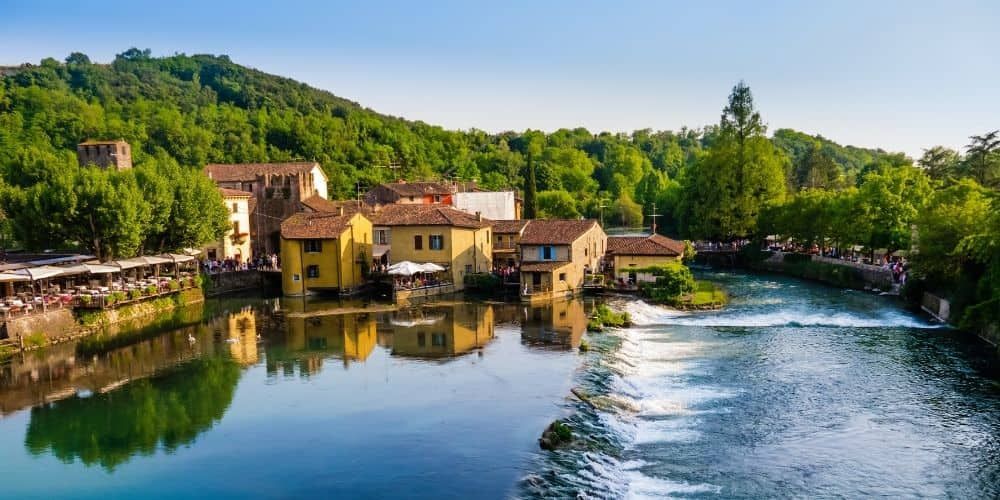
For an autumn city break in Mantua, we recommend a cruise on the waters of the three lakes and an exciting excursion to the nearby Mincio Natural Park, a magnificent protected natural area where you will be enchanted by the autumn colours that are particularly vivid in this area and have the chance to admire many species of birds in their natural habitat. Finally, you cannot miss a culinary stop: we recommend the delicious pumpkin tortelli and the delicious almond-based sbrisolona cake.
4. Cuneo in autumn: discover the colours of late Piedmont
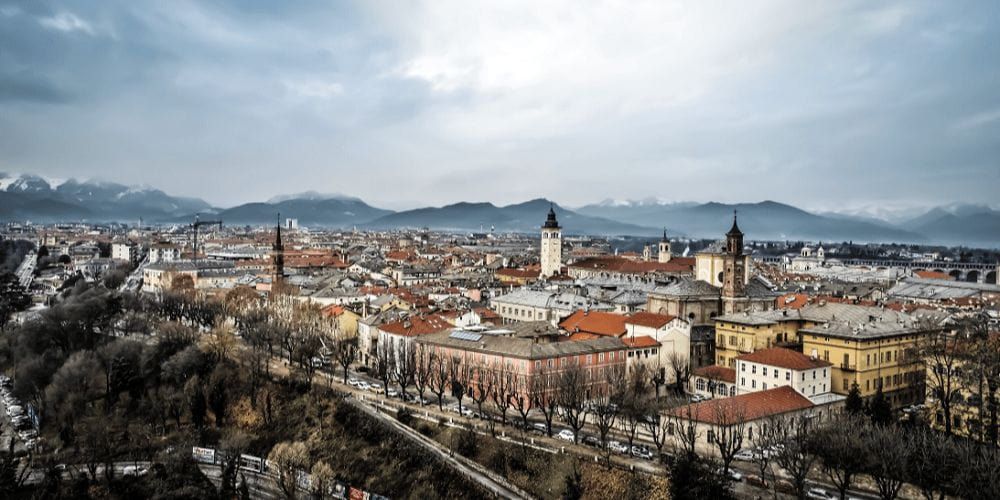
Set in a majestic Alpine setting, the town of Cuneo has very ancient origins, dating back to the late 12th century. Seen from above, the northern part of the city is 'pointed', just like the shape of the plateau on which it stands, and then gradually widens towards the southern part. The heart of the city is undoubtedly the large Piazza Galimberti, home to the renowned weekly market. The other important square is Piazza Torino. The main road axis dividing the two squares is Via Roma. Taking an autumn walk along this street with its medieval arcades is a unique experience. Here, the Church of Santa Maria (neoclassical cathedral), the Palazzo Comunale and the Civic Tower do not go unnoticed. Among the most striking corners of the city, we recommend a visit to the old Jewish ghetto in Contrada Mondovì, a pedestrian area that houses, among other things, the Diocesan Museum. The Museo Civico, on the other hand, has been set up inside the grand Complesso Monumentale di San Francesco, a fascinating example of Piedmontese Gothic art.
Visit in autumn The Park and the surrounding villages of Cuneo
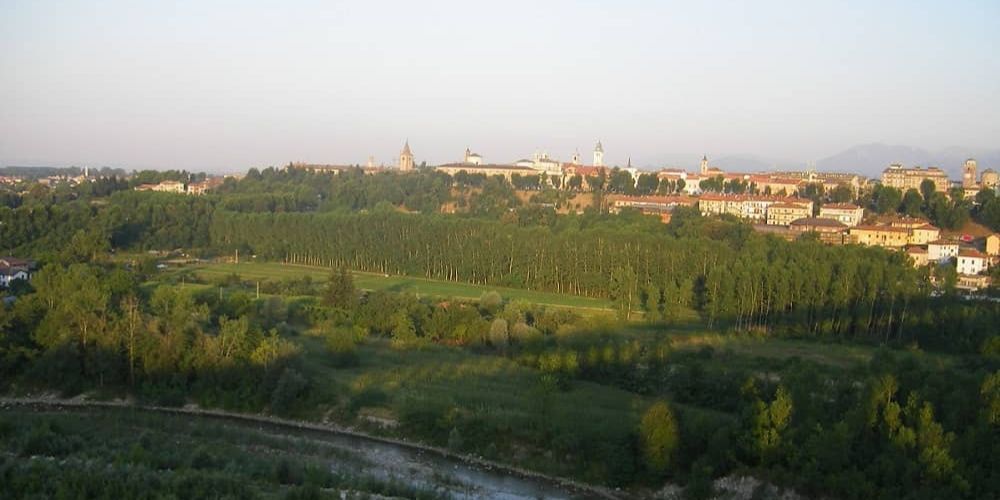
For an authentic immersion in nature, visit the Gesso and Stura Natural Park. Covering an area of 5,500 hectares, the Park was created as part of a project to protect Piedmont's biodiversity and natural heritage. Precisely for the autumn season, the Park organises a series of thematic excursions so that visitors can get to know all its beauties in depth. Finally, from Cuneo you can reach many pretty villages in its province, including Saluzzo, Alba, Barolo and Bra.
3. Belluno in Autumn: on holiday through mountains and fairytale landscapes
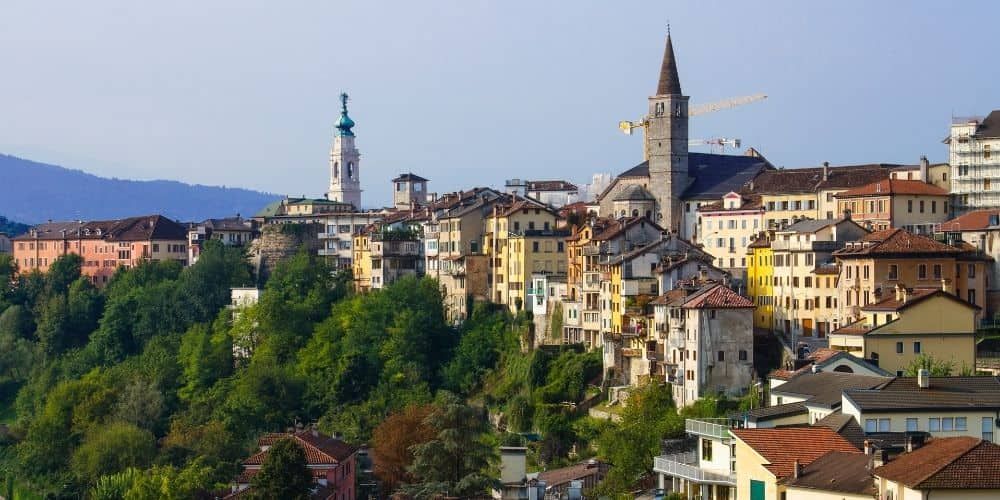
Naturally overlooking the Piave valley, Belluno is a quiet and peaceful town. The majestic peaks of the Dolomites can be seen between the houses in the town centre, the ideal setting for your autumn city breaks in Italy. The historical centre of Belluno is full of narrow streets and arcades that make this city a small jewel set in a fascinating natural landscape and far from chaos. There is no lack of historical and architectural evidence. From Piazza Duomo, overlooked by the majestic cathedral and the Rosso and Rettori palaces, you can start wandering around the city, admiring the fine buildings that adorn it. Continuing the walk, you will reach the heart of the city with Piazza Vittorio Emanuele, the Municipal Theatre and Piazza dei Martiri, a veritable city lounge where the Bellunesi love to meet and chat. Among the typical dishes of Belluno cuisine, we recommend casunzei, ravioli filled with smoked ricotta, spinach and potatoes.
The Cansiglio Forest
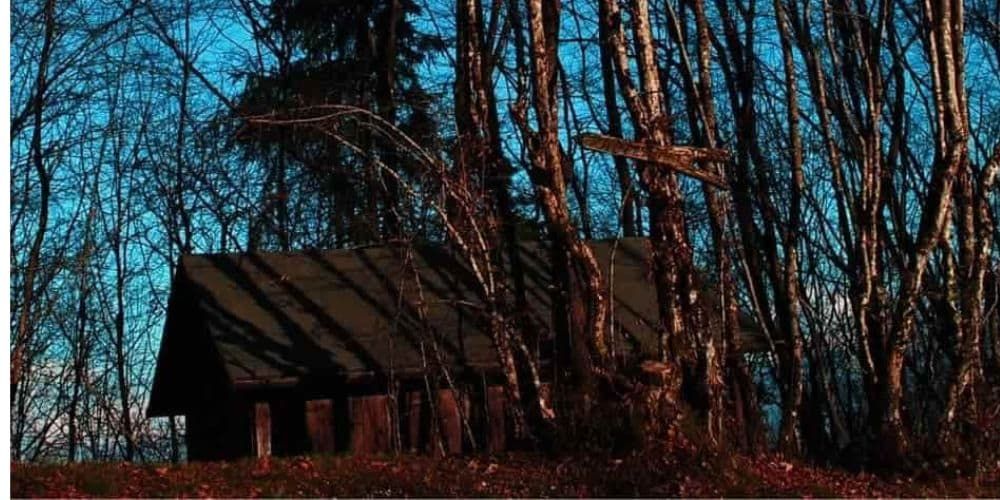
A visit to the Cansiglio Forest (Foresta del Cansiglio), one of the most important environmental resources in the entire Veneto region, is suggestive. Situated between the provinces of Treviso, Pordenone and Belluno, the forest is a wide basin covered by a verdant prairie. The itinerary to cross it does not present any particular difficulties. Here you can enjoy the enveloping silence of nature and, walking along it in this particular season, you will be fascinated by the warm colours of the landscape, typical of autumn city breaks in Italy. Reaching the top of Mount Cavallo, then, on the sunniest days you can even catch a glimpse of the Venice lagoon.
Buy your Venice Pass2. Grosseto: enjoy the Maremma autumn amid nature and traditions
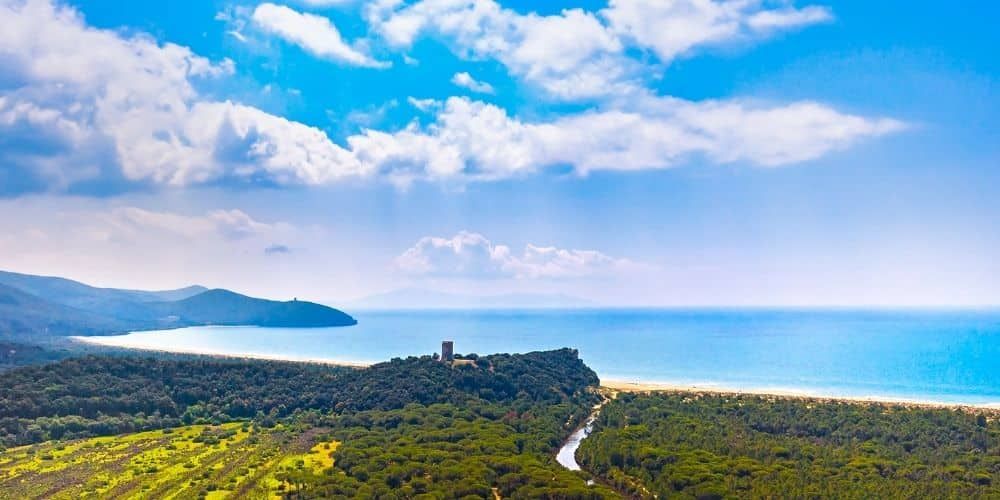
Grosseto is an invaluable historical city in the heart of the Tuscan Maremma which, during the autumn city breaks, displays a scene of unmissable colours, as in other magical places in Italy. Protected by walls, the town has remained unchanged over time. Its origins date back to Etruscan times and then meander through the meanders of an ancient history, witnessed in every corner of the town. The Medicean walls surrounding it are emblematic of the evolution in Italian defensive structures. Thanks to the will of Grand Duke Cosimo I de' Medici and the military architect Baldassarre Lanci, the city went from being a castle-rock to a fortress-city. The main characteristic of this new defensive structure was its hexagonal shape. Completed almost at the end of the 17th century, the Medici walls rise imposingly thanks to their connection with the six corner bastions.
FIND OUT MORE ALL THE ATTRACTIONS NEAR GROSSETOSquares, churches and museums in Grosseto
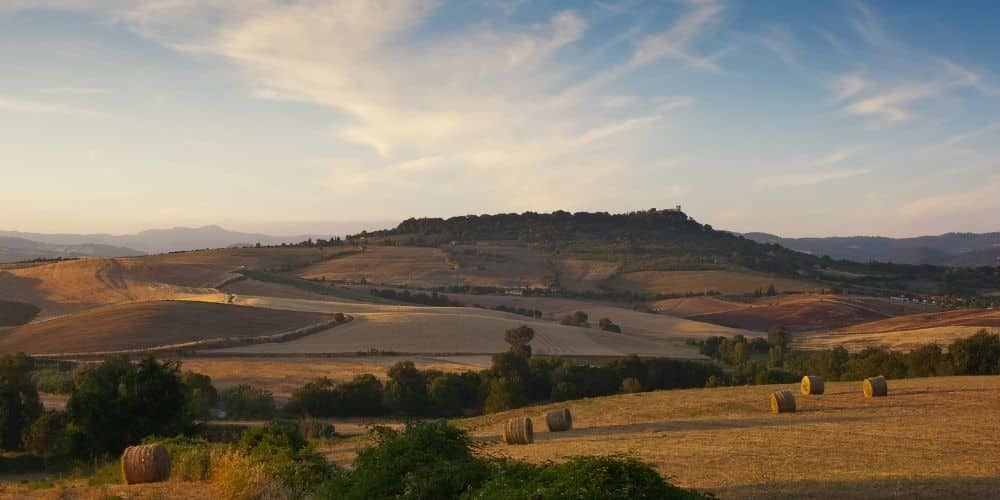
The magnificent cathedral is dedicated to San Lorenzo, the city's patron saint. The façade is reminiscent of the Romanesque style, with its typical central rose window and red-and-white colour scheme. The most important square is Piazza Dante (also known as Piazza delle Catene), where there is Palazzo Aldobrandeschi and the statue of Leopold II, depicted as a hero. According to stories, it was in fact the grand duke who worked to reclaim the malaria-stricken Maremma. In the heart of the historical centre, we find the city's oldest church, the Church of San Pietro, dating back to the early Middle Ages. We also suggest the Maremma Archaeological and Art Museum, where you will find the history of the Maremma from its origins to the present day, and the Maremma Natural History Museum, where you can learn more about the complex biodiversity of the area.
Sea, nature and fun in autumn city breaks in Italy
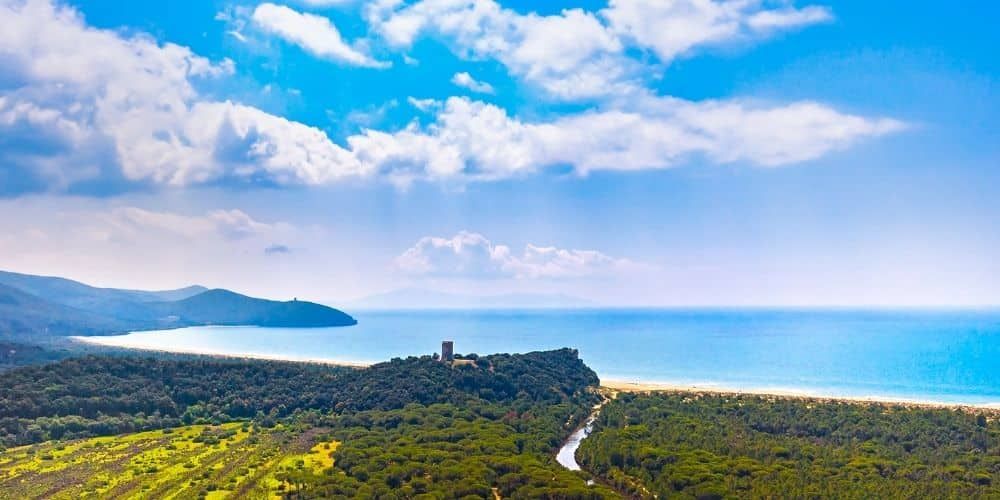
There is no shortage of entertainment during a stay in Grosseto. In its surroundings, you can admire pretty villages, nature reserves and areas for trekking and cycling. Last but not least, the sea. If you are nostalgic for the good season, you will find beautiful beaches in Grosseto, both free and equipped. The Maremma coastline offers relaxation, but also fun, entertainment and water sports. Finally, we recommend the Maremma Regional Park where, surrounded by beautiful Tuscan nature, you can choose from a variety of activities, including trekking and climbing.
1. Camogli in Autumn: the spell of a Ligurian village out of season
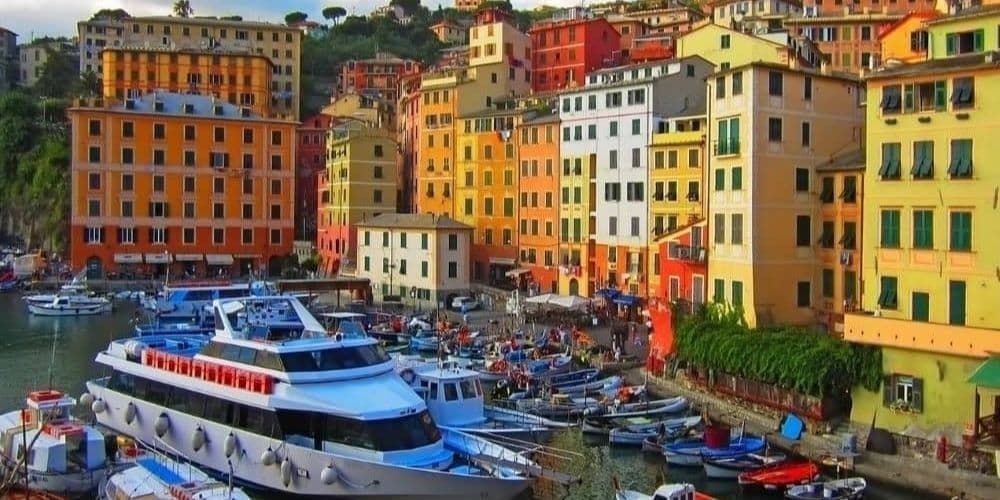
Camogli is a lovely seaside village located on the Riviera di Levante. The municipality is mainly developed on the hills, but we recommend visiting the small town centre, which is almost entirely pedestrianised and concentrated at sea level. The streets of the centre are connected by numerous flights of steps and the famous creuze, a term the Ligurians use to indicate small, narrow lanes, created in ancient times to connect the port area to the hinterland, so that goods could be transported more easily. The main street runs parallel to the beach and is framed by typical coloured houses. In fact, as in many other Ligurian towns, you will find an expanse of colourful houses in Camogli. The colour choice derives from the town's seafaring past: the strong colours were used by sailors to recognise their homes even before docking. Among the buildings not to be missed, the first one to visit during your autumn city breaks in Italy is the Dragonara Castle. Built in medieval times to defend the village from pirate attacks, today it houses exhibitions and displays.
WHAT TO DO IN CAMOGLI AND SORROUNDINGSAn autumn city break of hiking and gastronomy
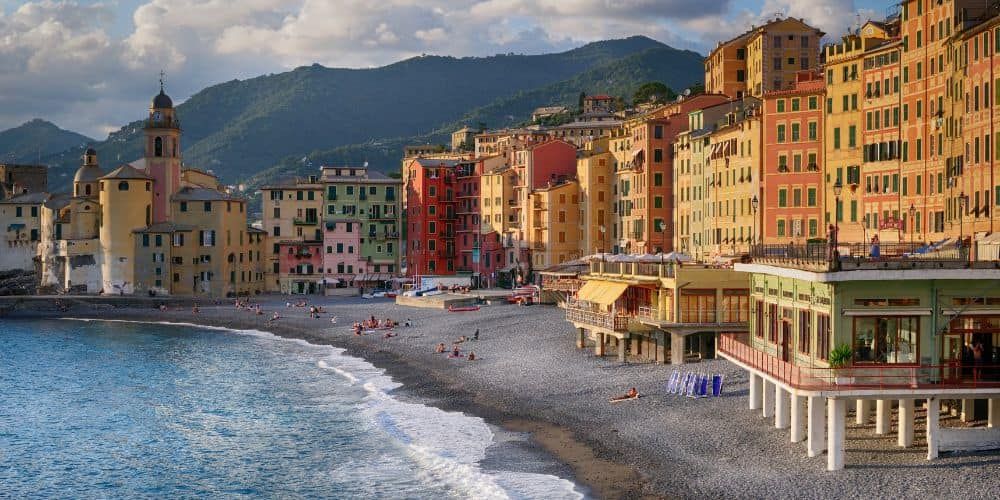
If you love trekking, Camogli offers numerous routes that take you up the mountains to the neighbouring villages. Each locality organises traditional festivals where you can taste local products prepared according to tradition. Also plan a trip to the Portofino Natural Park, a splendid protected natural area established in 1935.
On your walks in Camogli, as on your autumn city breaks in Italy, you will be accompanied by the Ligurian sky, tinged with a deep blue even in the autumn months.
Discover the Abbey of San FruttuosoAbout the author
Written on 30/08/2021

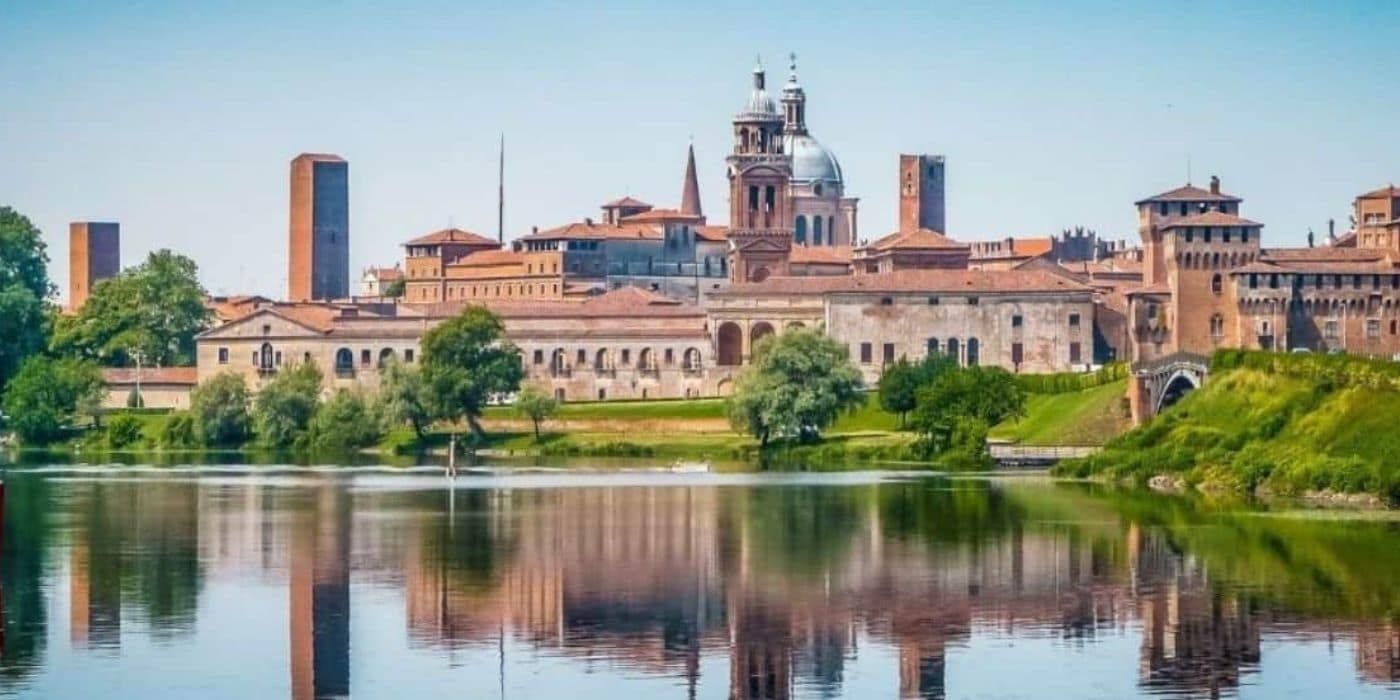

Sabrina Fabozzi
Plan your autumn city breaks in Italy and discover 5 Italian cities to visit in this season.